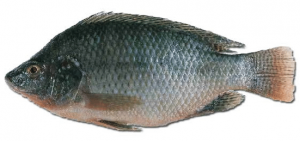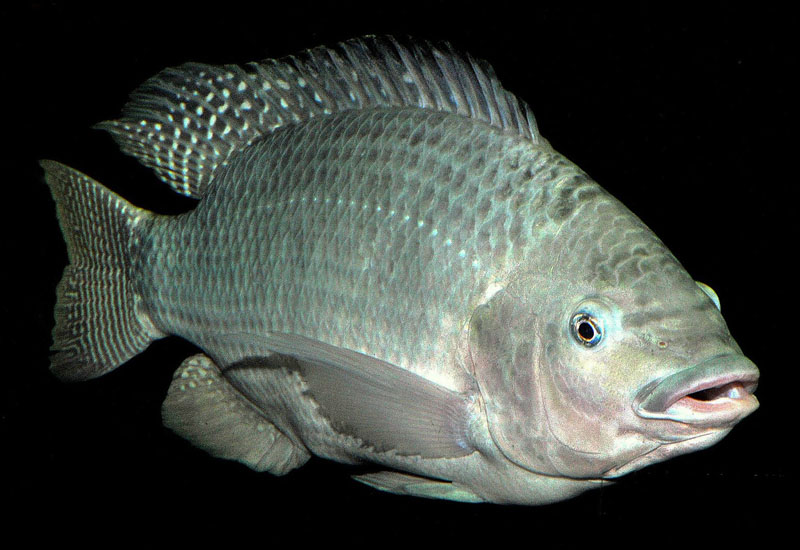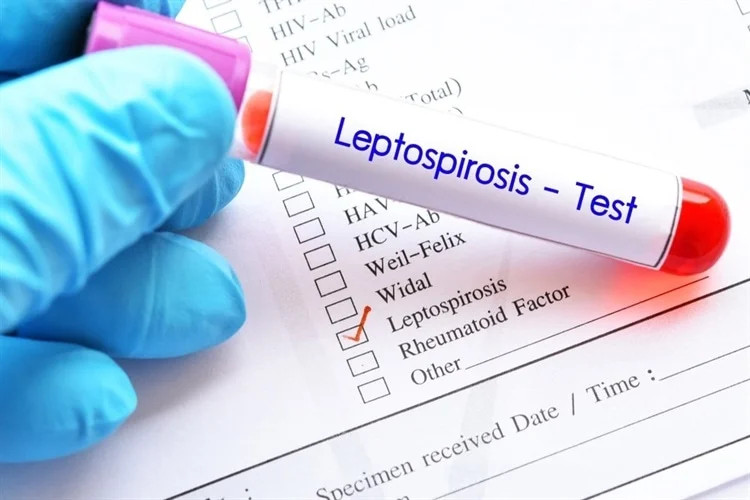Tilapia farming has gained significant popularity worldwide due to their fast growth, tolerance to a wide range of environmental conditions, efficient feed conversion rates and high market demand. Nile tilapia (Oreochromis niloticus) can be farmed in ponds, tanks, or cages. They are tolerant to a wider ranges of temperatures, typically between 25°C and 30°C (77°F to 86°F), for optimal growth. Tilapia can also be raised in tanks, which offer a controlled environment. Tanks require filtration systems to maintain water quality and aeration to ensure sufficient oxygen supply for the fish. In cage culture, floating cages can be placed in natural or man-made bodies of water such as lakes, reservoirs, or rivers. The cages contain the tilapia, allowing them to grow in a confined space while still utilizing the natural water resources.
Tilapia is well known for its nutritional composition. It is low in fat and calories while being a good source of protein. Tilapia also contains essential nutrients such as omega-3 fatty acids, vitamins (especially vitamin B12), and minerals like selenium and phosphorus. Tilapia are omnivorous and can be fed a variety of commercially prepared feeds, including pellets or formulated diets. Some farmers also incorporate supplementary feeds like agricultural byproducts, worms, or insects to reduce feeding costs. Tilapia has higher diseases resistance, but can be susceptible to diseases such as bacterial infections, parasitic infestations, and viral outbreaks. Proper monitoring, disease prevention measures, and prompt treatment are essential to maintain the health of the fish.
A team of researcher from the Department of Animal, Aquaculture and Range Sciences at Sokoine University of Agriculture conducted extensive genetic research in determine the existence of non -targeting tilapias to Tanzanian fish farmers. Nile tilapia farmers in Tanzania have been complaining about slow growth and low yields. Since some farmers obtain their seeds from unreliable sources, they may potentially be dealing with various non-targeted tilapias that require different environments and treatments to enhance growth and yields. Thus, this study analysed fragments (600 base pairs) of the cytochrome oxidase subunit I gene (COI) from 74 farmed tilapias in Kilosa and Kibaha, Tanzania to determine the presence of non-targeted tilapias. An additional 42 samples from the Magadu Fish Farm, Mindu dam, and Lake Victoria were included for comparison. The findings revealed that non-targeted tilapias accounted for 22.22–31.41% of the farmed stock, supporting the hypothesis that farmers are unknowingly dealing with a variety of non-targeted tilapias.
Furthermore, pairwise FST comparison indicated genetic relatedness among the farmed fish, suggesting the sharing of fingerlings from the same broodstock or collection from the same wild locality. Therefore, farmers are advised to ensure they source seeds from certified hatcheries to minimize the risk of stocking non-targeted species. Additionally, due to the observed low genetic diversity in Kilosa samples, it is recommended that the country should establish a national breeding program for tilapia to provide farmers with access to high-quality seeds.

For more information: Click HERE
Mbilinyi, W. L., Rumisha, C., Mwandya, A. W., and Msalya, G. M. (2023). Genetic Analysis Reveals Substantial Proportion of Non-targeted Tilapias among Farmed Stocks in Kilosa and Kibaha, Tanzania. Tanzania Journal of Science, 49(2), 559-567. DOI: https://dx.doi.org/10.4314/tjs.v49i2.24
The Department of Animal, Aquaculture, and Range Sciences
The College of Agriculture, Sokoine University of Agriculture
Share this page




